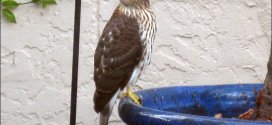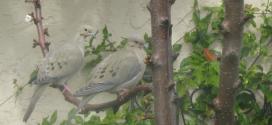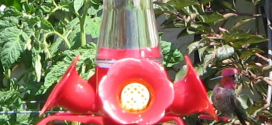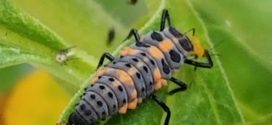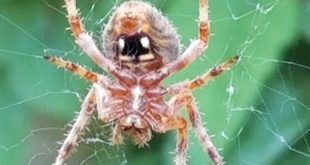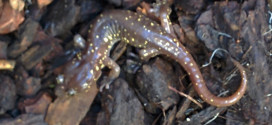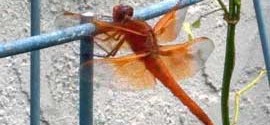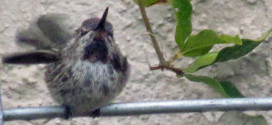A relatively-rare visitor to the Sunnyvale garden is the red-tailed hawk. The red-tailed hawk (Buteo jamaicensis) is a bird of prey. In my garden, it tries to feed on doves and finches. One moment, your seed-feeder has attracted a lot of birds. Suddenly they all take off. Next moment is the swoosh of the hawk.
Read More »Animals
Mourning Doves
Mourning Doves are a wonderful visitor to your garden. The males sing the distinctive song. The doves tend to mate for life. I have seen the young doves fed from the crops of the parents. The doves are very sloppy nest builders: A few sticks; a few inches; eh, fine enough.
Read More »Wildlife
tbd
Read More »Anna’s Hummingbird
In our Sunnyvale garden, there is always one, and only one, dominant male hummingbird. He tries to keep every other hummingbird away from the feeder with one exception: During breeding season, the male allows some females to feed. tbd
Read More »Yellow-faced Bumblebee
One of the common visitors to our Sunnyvale garden is Bombus vosnesenskii, the yellow-faced bumblebee: A species of bumblebee native to the west coast of North America. It is the most abundant species of bee in this range and can be found in both urban and agricultural areas. Additionally, B. vosnesenskii is utilized as an important pollinator in commercial agriculture, …
Read More »Ladybugs
Ladybugs and Ladybug larvae are beneficial insects for your garden because they eat aphids. Ladybugs are known by several other names: lady beetles, ladybug beetles, and ladybird beetles. Regardless of what you call them, these beetles belong to the family Coccinellidae. All ladybugs progress through a four-stage life cycle known as complete metamorphosis. Embryonic Stage (Eggs) The ladybug life cycle …
Read More »Orbweaver ‘Garden’ Spider
Behavior: Orb weavers are very docile, non-aggressive spiders that will flee at the first sign of a threat (typically they will run or drop off the web). They are not dangerous to people & pets, and are actually quite beneficial because they will catch and eat a lot of pest-type insects. Range Prolific throughout entire continental United States, Canada, Alaska, …
Read More »Arboreal Salamander
Arboreal Salamander – Aneides lugubris This salamander is commonly seen in moist shaded yards and gardens in Northern California, especially around the Bay Area. It also occurs along the coast through southern California, and north to Humboldt county along the coast and northern coast ranges, as well as in the central Sierra Nevada foothills. These salamanders can be seen walking …
Read More »Dragonfly
Dragonflies are predators, both in their aquatic larval stage, when they are known as nymphs or naiads, and as adults. Several years of their life are spent as a nymph living in freshwater; the adults may be on the wing for just a few days or weeks. They are fast agile fliers, sometimes migrating across oceans, and are often but …
Read More »Hummingbird in the rain
Our resident hummingbird appeared to be enjoying the rare spring rain
Read More »